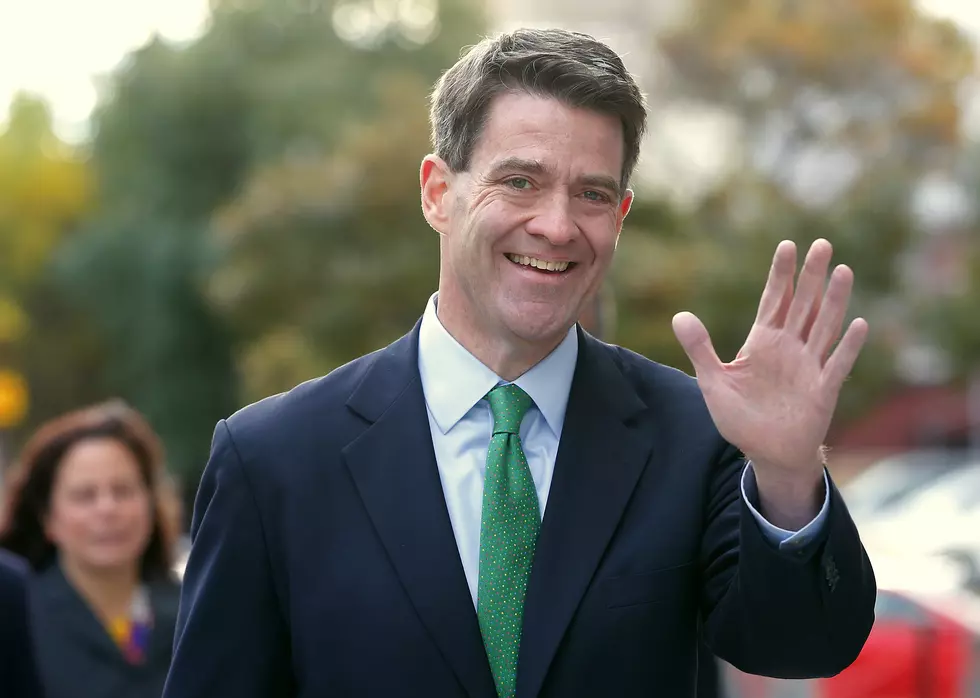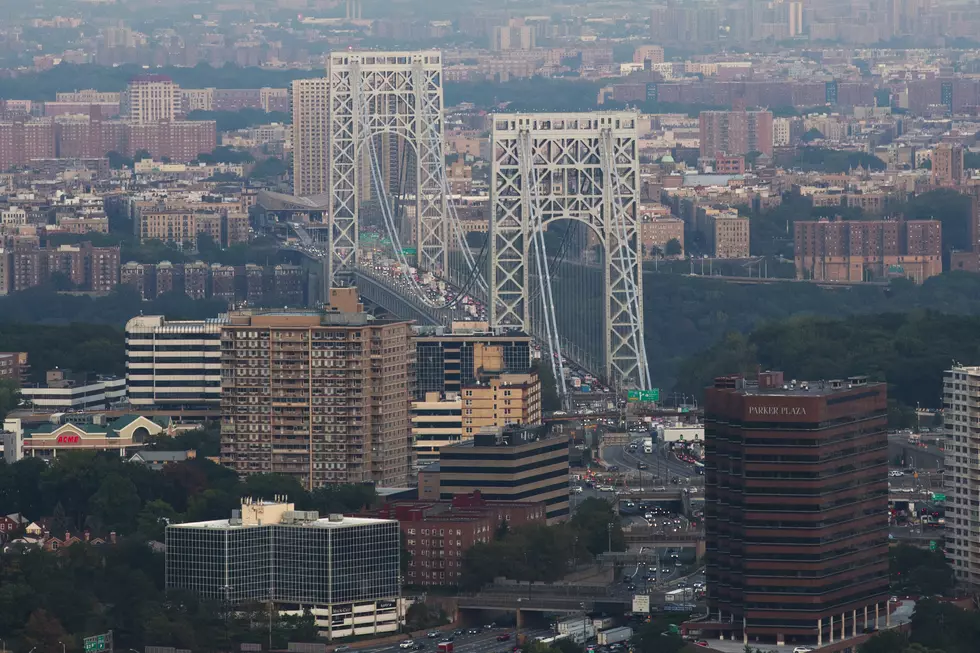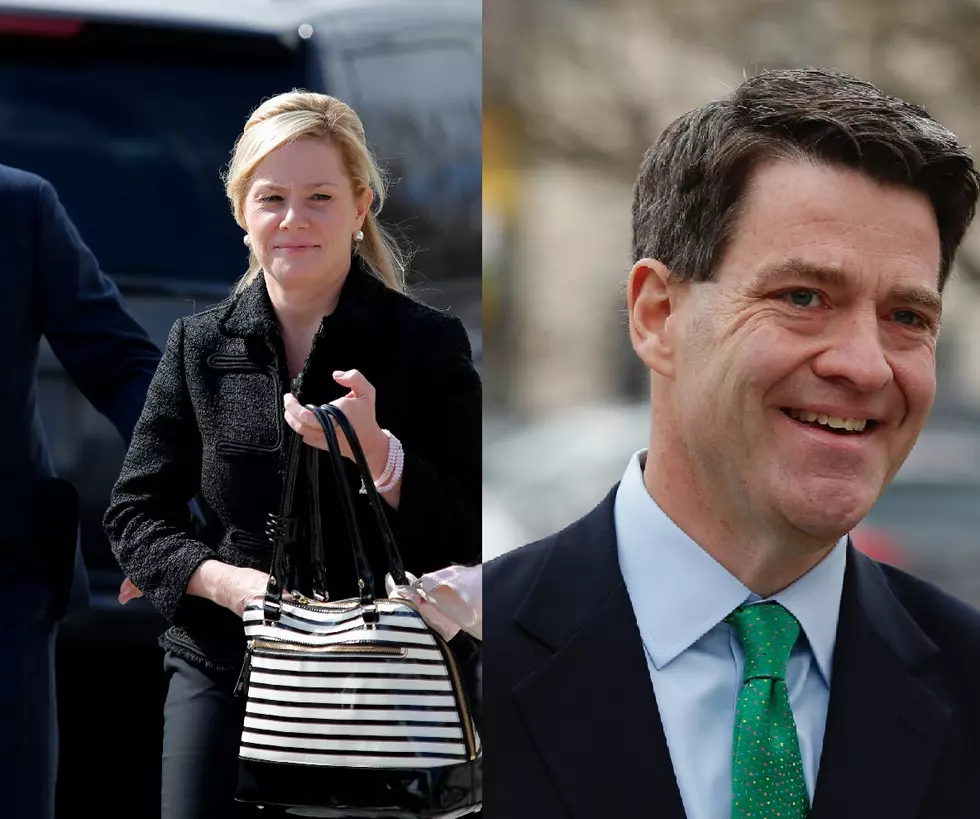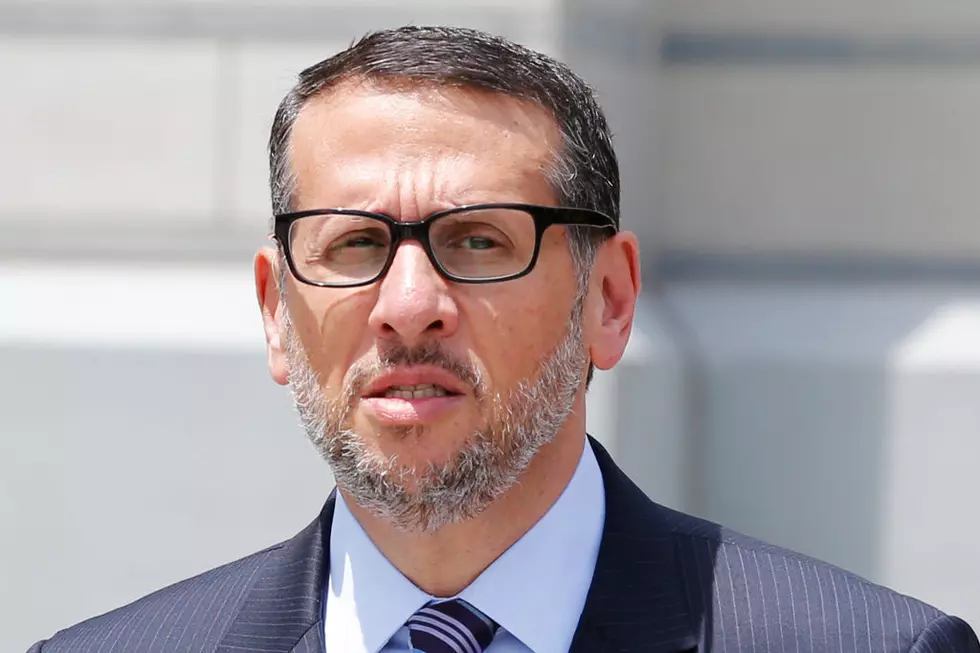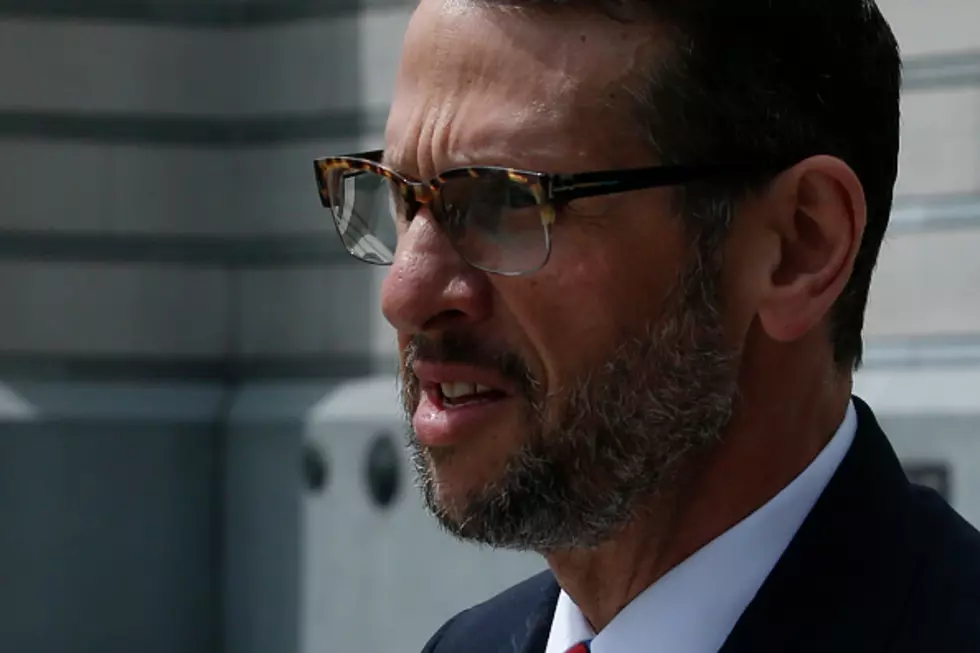
Bridgegate – A timeline of the New Jersey traffic jam scandal
Following is a timeline in the events surrounding the September 2013 closure of lanes leading to the George Washington Bridge and its fallout:
Sept. 16, 2010: Fort Lee, New Jersey, Mayor Mark Sokolich meets with Port Authority of New York and New Jersey Deputy Executive Director Bill Baroni to discuss traffic problems related to the George Washington Bridge, one of the world's busiest spans.
Nov. 9, 2010: In a letter to Baroni, Sokolich details his town's traffic problems and asks for more help from the Port Authority to direct traffic in Fort Lee amid gridlock. He notes that problems worsen when some toll lanes are shut down on weekends.
Spring 2013: Christie re-election campaign asks Sokolich, a Democrat, to consider endorsing the Republican governor. Sokolich says he never told Christie's campaign yes or no.
Aug. 13, 2013: Bridget Kelly, then Christie's deputy chief of staff, emails Christie ally David Wildstein, director of interstate projects at the Port Authority. Kelly writes: "Time for some traffic problems in Fort Lee." Wildstein responds: "Got it."
Sept. 9, 2013: Instead of the usual three approach lanes to the bridge from Fort Lee, commuters find only one that morning. Four days of traffic gridlock ensues.
Sept. 13, 2013: Port Authority Executive Director Patrick Foye orders the approach lanes be reopened, writing in a memo: "I believe this hasty and ill-advised decision violates federal law and the law of both states."
Nov. 5, 2013: Christie is re-elected governor.
Nov. 25, 2013: Baroni appears before the New Jersey Assembly Transportation Committee, which had begun an investigation, and apologizes for what he acknowledges is the agency's failure to communicate to local officials about the gridlock.
Dec. 6, 2013: Wildstein's resignation is announced, effective Jan. 1, 2014.
Dec. 9, 2013: When asked about the lane closures at a news conference, Christie jokes, "Unbeknownst to everybody, I was actually the guy out there. I was in overalls and a hat. I actually was the guy working the cones."
Dec. 13, 2013: Christie denies the lane closures were politically motivated and criticizes Democrats for exploiting the closures and "all the other politics swirling around it." He announces Baroni's resignation and says Wildstein's resignation would be effective that day.
Jan. 8, 2014: Media outlets report on email and text message exchanges between Wildstein and Kelly, including the incriminating "time for some traffic problems" communication.
Jan. 9, 2014: Christie holds a nearly two-hour news conference in which he apologizes for the lane closures but denies any knowledge of them or a cover-up, saying he is "embarrassed and humiliated." He announces Kelly has been fired "because she lied" and that he is cutting ties with his former campaign manager, Bill Stepien. Meanwhile, U.S. Attorney Paul Fishman announces he will investigate whether any laws were broken. Also, six residents file a federal lawsuit against Christie, the state and the Port Authority alleging they were harmed by the traffic jams. The same day, a judge rules that Wildstein must appear before lawmakers who issued a subpoena; he appears later that day but invokes his right not to incriminate himself and refuses to answer any of the lawmakers' questions.
March 27, 2014: Randy Mastro, a lawyer retained by Christie's office, releases a report that finds Christie and his remaining top staffers did nothing wrong regarding Fort Lee traffic and the bridge. Democrats blast it as political propaganda.
March 28, 2014: Port Authority Chairman David Samson, a Christie appointee, announces his resignation from the board. His lawyer later says he will no longer cooperate with the lawmakers' inquest citing privacy concerns and his right not to incriminate himself.
April 9, 2014: A judge rules that Kelly and Stepien can invoke their right not to self-incriminate to avoid complying with the lawmakers' subpoena to provide documents.
May-July, 2014: Five Christie aides appear before the special joint legislative committee investigating the bridge scandal.
July 16, 2014: Assemblyman John Wisniewski, the committee co-chairman, says several people on its list of potential witnesses are off limits because they could also be important to the federal criminal investigation.
Dec. 5, 2014: The legislative committee releases an interim report by its lawyer, Reid Schar. The report does not link Christie to the lane closures, but it also notes that the committee did not have access to several key witnesses. The report blasts Christie's office for responding "slowly and passively" as it became apparent that the lane closures were created for political reasons. The report said that "lack of curiosity" could have been "because they knew or suspected a more damaging true story and preferred that it not come to light." But the report stopped short of accusing the office of engaging in a cover-up. Christie's supporters blast the report as politically motivated.
Dec. 27, 2014: Christie and New York Gov. Andrew Cuomo both veto legislation intended to overhaul the Port Authority. Instead, they release a new set of recommendations for the agency.
Jan. 23, 2015: Christie launches Leadership Matters for America, a political action committee that allows staff to be hired and money to be raised as he considers seeking the Republican nomination for president in 2016.
May 1, 2015: Wildstein pleads guilty to helping to engineer the traffic jams and implicates Kelly and Baroni, who are also charged.
© 2015 The Associated Press. All rights reserved. This material may not be published, broadcast, rewritten or redistributed. Learn more about our Privacy Policy and Terms of Use.
More From New Jersey 101.5 FM


